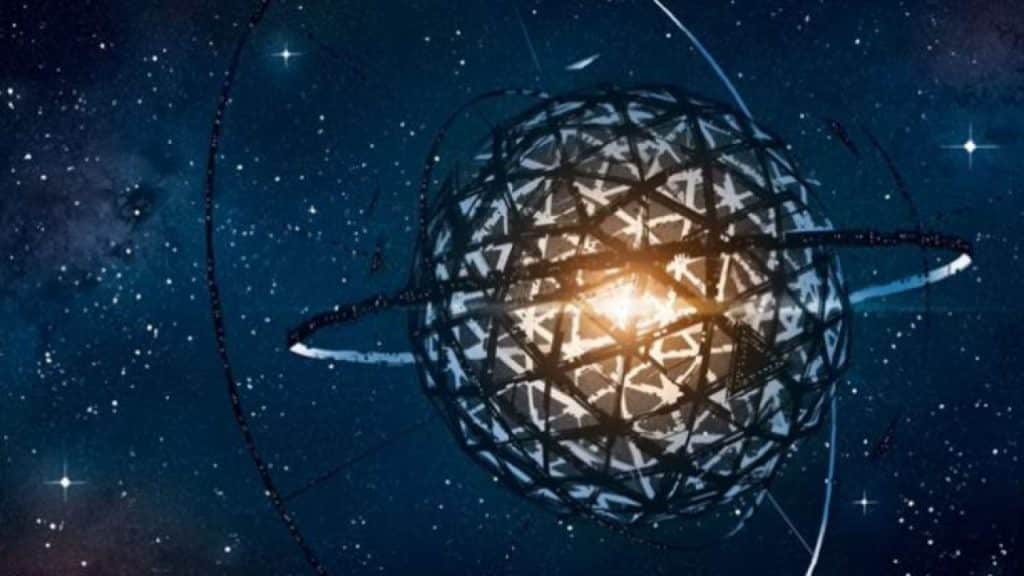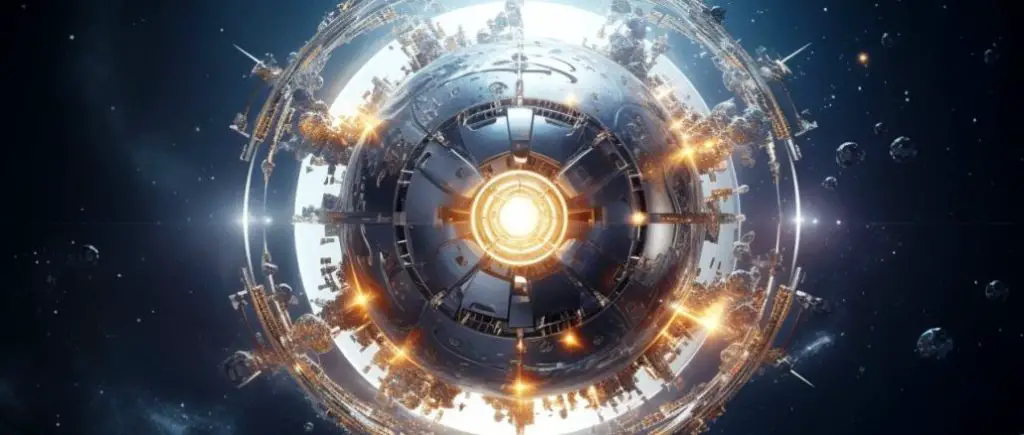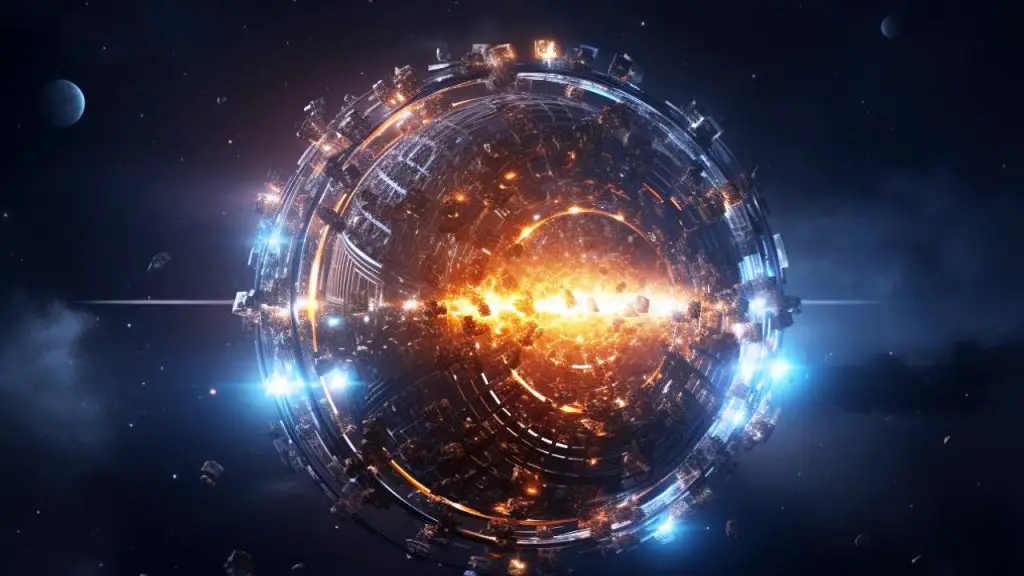Dyson Spheres were a tantalizing digression in the hunt for alien intelligence. Just recently, seven stars were identified as potential candidates with most of their radiation emitted in infrared wavelengths.
Dyson spheres to track alien civilizations
Potentially this is the signature of heat coming from an array of spacecraft around the star but, alas, a new study has another, slightly less exciting explanation; Galaxies obscured by dust.
There are several ways to hunt aliens and one of them is to look for signs of large-scale projects in space: the Dyson spheres. The idea of Dyson spheres was first proposed by Freeman Dyson in 1960 to describe that an advanced civilization would place energy collectors and even habitats around a star to harness its power.
Eventually, such an infrastructure would likely surround the entire star, and Dyson thought a signature, such as excess infrared radiation, would be detectable.

The Hephaistos Project results revealed the seven M-type stars from a sample of 5 million stars detected by Gaia. The astrometric satellite has been used to map the stars of the Milky Way and has been of profound benefit to much research, not just Dyson spheres.
Data from 2MASS (Two Micron All Sky Survey) and WISE (Wide Field Infrared Survey Explorer) were also used to identify stars that appeared to exhibit the expected infrared excess.
In the recent study by lead author Tongtian Ren and his team, explore the project’s findings and delve into the possible nature of Dyson spheres. The team combined information from data from the Very Large Array Sky Survey (VLASS) and several other radio surveys of the sky.

They searched for radio sources within a 10-arcsecond radius of the candidates’ Gaia positions. Note that the full Moon is 1,860 arcseconds in diameter.
Radio sources were found for three of the candidates, those named A, B, and G. The accuracy of the sources was within 4.9, 0.4, and 5 arcseconds, respectively, and candidate G was found in multiple radio surveys. The team’s conclusion is that it is less likely that the seven stars are Dyson spheres but rather some sort of extra-galactic phenomenon. The most likely explanation is a distant galaxy obscured by dust.

The presence of dust would contaminate the distribution of infrared energy in the spectra of the two objects. The other candidate, Candidate B, is also thought to be a distant galaxy but was within very close line of sight of an M-type dwarf star.
Very similar to candidates A and B, candidate G has a spectrum revealing high-radio active galactic nuclei with superluminal jets extending outward. Galaxies are likely to be distant quasars that emit enormous amounts of radiation, but hot dust clouds obscure most radiation except infrared.
And the other four candidates? To date, no corresponding radio source has been found. This does not mean that the hot, dust-obscured galaxy model is not an adequate explanation, only that possible higher resolution radio investigations are needed.
Of course, it may also be that these are indeed technological spheres around distant stars. As much as I wish it were true, there is no evidence yet for Dyson balls.
#Dyson #spheres #explanation
